Sony A90K review (XR-42A90K): Is Sony's 42-inch OLED TV worth it?
Sony's 42-inch OLED is small and often mighty, if you can accept the sound can't match the picture's highs
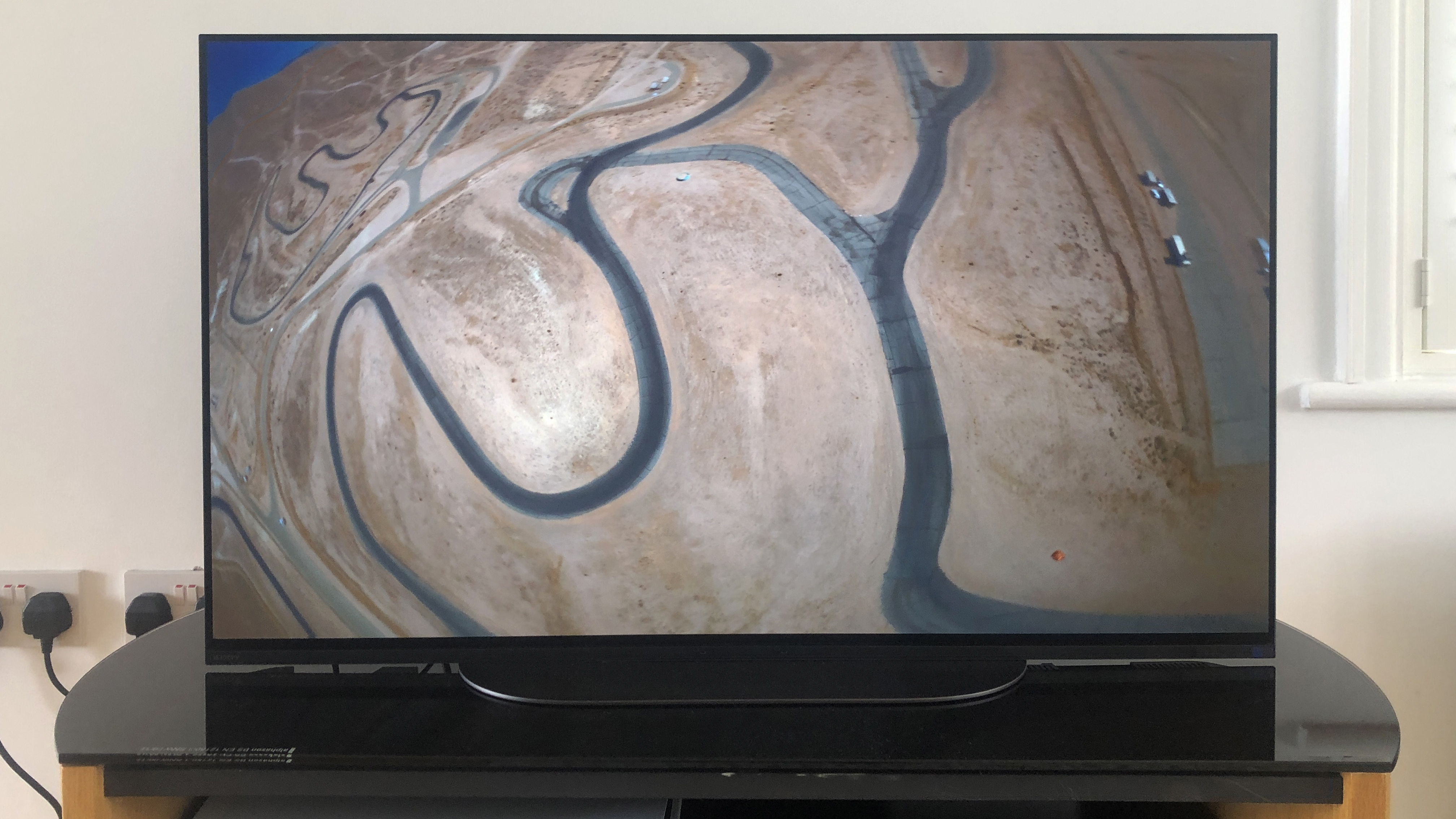
You have to get beyond both the asking price and the shortage of out-and-out brightness – but when you do so you’re left with a tiny OLED TV that’s capable of big image quality. If by some chance you have money left over, you’ll want to budget for a soundbar too, though.
-
+
Thrillingly accomplished and convincing images
-
+
Good gaming feature-set
-
+
Neat and tidy design
-
-
Startlingly expensive
-
-
Lacks outright brightness
-
-
Sounds breathless
Why you can trust T3

Not only is the Sony XR-42A90K the smallest OLED TV in Sony’s line-up, at 42-inches, it’s the joint-smallest OLED TV (as opposed to ‘monitor’) you can currently buy (LG's C2 is the other 42-inch option).
This Sony is a small screen at quite a big price, though, so it’s going to have to justify itself beyond the fact of its usefully titchy screen size. An invisible audio system, some very welcome next-gen games console support and Sony’s usual impeccable quality of build and finish are a start, most certainly – but what else about the 42-inch A90K yells ‘premium product’?
Sony XR-42A90K review: Price and release date
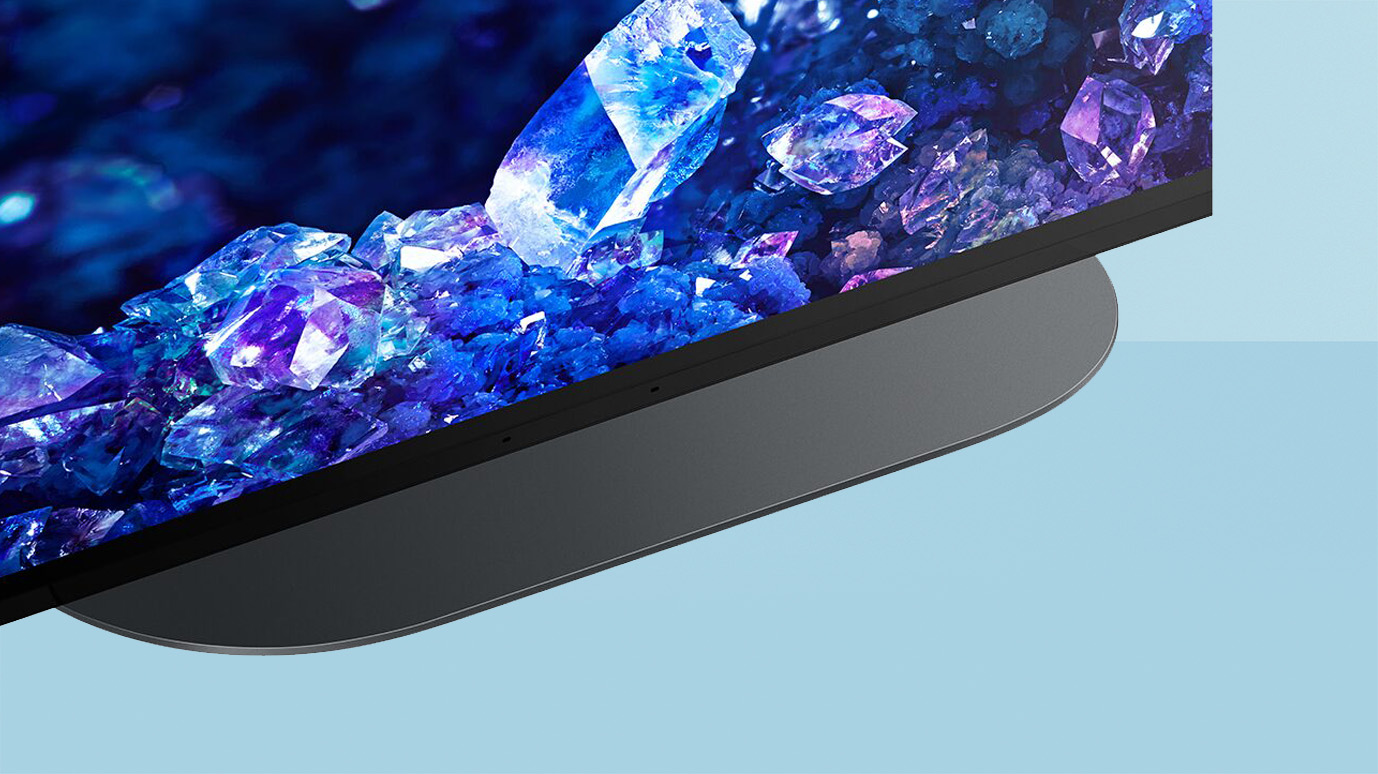
The Sony XR42A90K is on sale now, and in the United Kingdom it goes for £1699. American customers should expect to part with $1299, while in Australia it costs AU$2899.
Immediately a couple of things spring to mind. Firstly, the price differential between what Sony expects British and American customers to spend on this little OLED is significant. The powers that be have banned me from blaming this state of affairs on the ‘B’-word, but I am allowed to observe that this country isn’t becoming known as ‘Treasure Island’ to overseas brands by accident.
Secondly, the price is straight-ahead huge for a 42-inch television. Yes, OLED TVs as small as this are a novelty – but a lot of potential customers are going to have to have a long, hard think about whether or not this TV represents value when it’s twice the price of some very accomplished 42in alternatives. It might be on offer though, take a look at the embedded widget below for up-to-date pricing info:
Sony A90K review: Features and what’s new
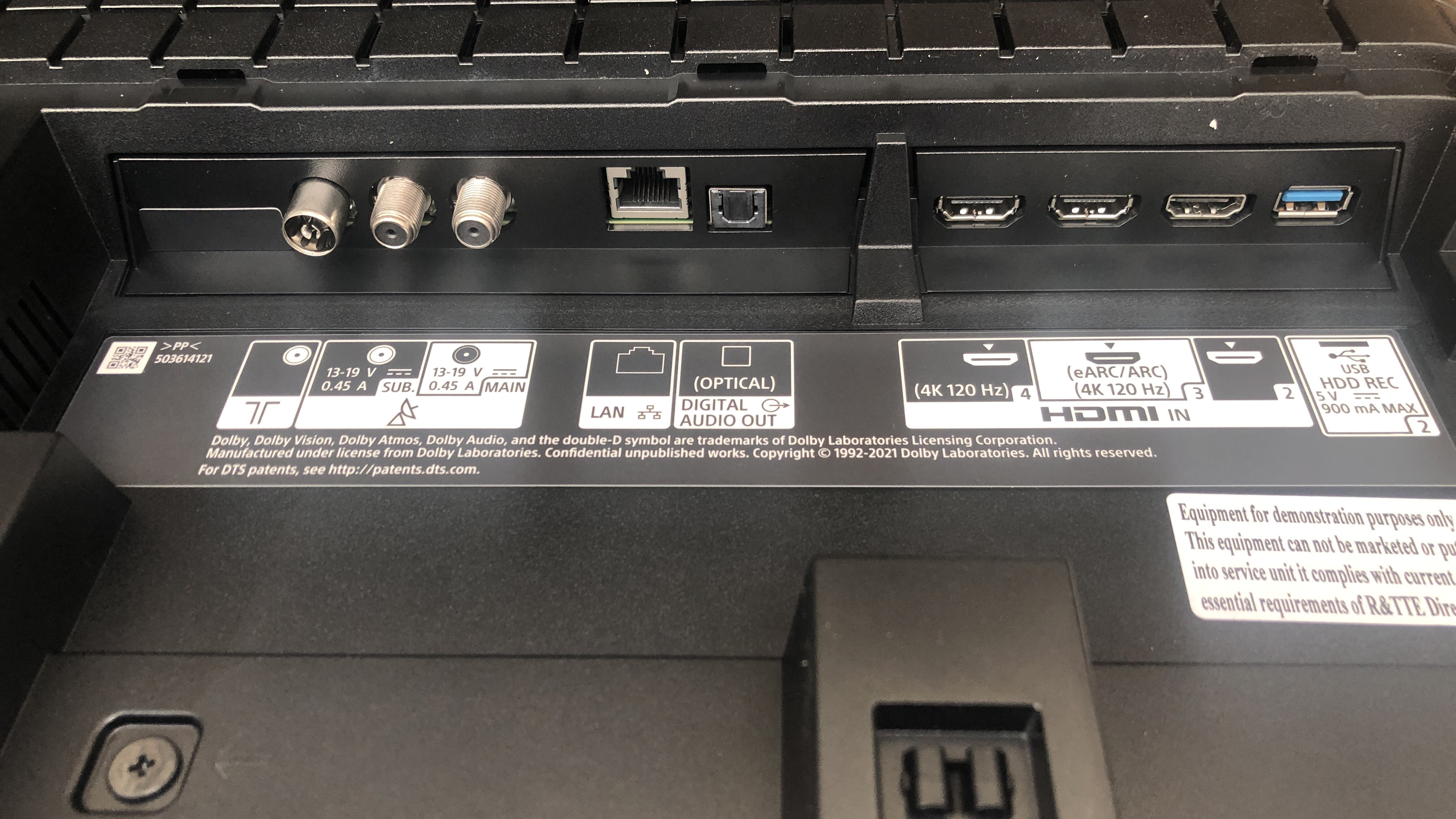
Sony is coy about revealing the exact type of panel it’s bought from LG (where all OLED panels come from) to create the XR42A90K – and given that LG itself has contrived to build its own 42-inch OLED TVs from a mixture of its new-for-2022 ‘EX’ panels (which promise superior brightness) and from panels using slightly older technology, it’s not at all easy to establish what’s what. Fortunately, there’s plenty we do know about the A90K.
Certainly it features plenty of connectivity. As far as wireless connections go, the Sony has Bluetooth 4.2, Wi-Fi, Chromecast built-in and compatibility with Apple AirPlay and HomeKit. Physical connections run to aerial binding posts for the pair of integrated TV tuners, an Ethernet socket, a digital optical output, a couple of USB inputs and four HDMI sockets.
Two of these HDMI inputs are at 2.0 standard, while the other two cover HDMI 2.1 –including 48Gbps, 4K@120Hz, VRR and ALLM. There’s no HGiG, though (PlayStation 5 owners can console themselves with their Auto HDR Tone-Mapping feature), and no Dolby Vision game mode (Xbox Series X owners will find no consolation for that omission). One of the smart HDMI inputs is the eARC-enabled socket – so committed gamers will have to bear in mind they only have one HDMI 2.1 input if the want to use an eARC soundbar.
The XR42A90K features the same ‘Cognitive Processor XR’ that’s fitted to Sony’s range-topping QD-OLED A95K range. Here, as there, it’s charged with making native 4K content look its best (of course), using some of its AI smarts to upscale sub-4K content with as much accuracy and realism as possible, and making the gaming experience smooth and immersive. And it’s supplemented by some enhanced features – Flexible Colour Contrast Control, for example, intends to finesse luminance and colour saturation to deliver the most life-like images possible.
As far as audio performance is concerned, the A90K is the latest Sony OLED range to feature the brand’s Acoustic Surface Audio+ technology, which uses actuators to ‘excite’ the screen to the point it becomes a speaker. This method is bolstered by the rear-firing woofer, which is designed to add some low-frequency reinforcement to the sound the screen makes. Even before the A90K is plugged in, the benefits of this arrangement are obvious, inasmuch as the Sony has no visible sound system.
Sony XR-42A90K review: Performance
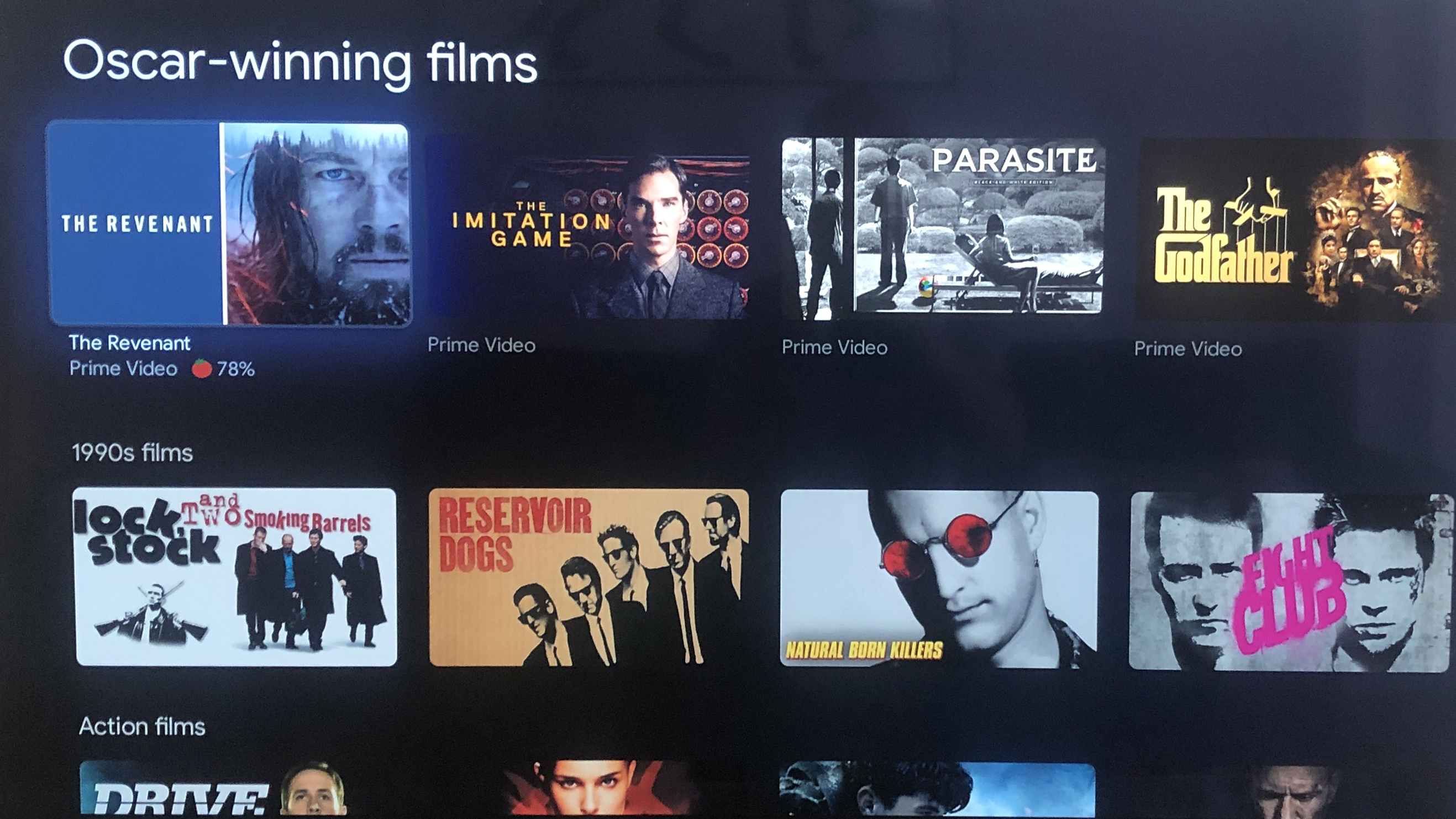
It’s not going to come as any great shock to read that the Sony XR42A90K looks its best when given some native 4K content to deal with, ideally with a Dolby Vision HDR element to exploit. But the again, not every review can be shocking, can it? After just a little attention paid to the set-up menus and ‘Dolby Vision Bright’ selected, there’s very little downside to the images the Sony delivers.
The colour balance, for example, is getting on for exquisite. There’s vibrancy to the A90K’s images, authentic and extensive colour volume, but they never look anything other than natural and convincing. There’s nothing artificial about the way the Sony describes colours, and the extraordinary breadth of its colour palette makes images look endlessly varied and nuanced.
Motion control is equally accomplished and equally persuasive. Even multi-directional movement can’t faze the A90K – it’s grippy and authoritative in all circumstances, and that includes the slow pans that can separate the ‘great’ from the merely ‘good’. Edges are properly defined and rendered too, and even when the on-screen depth-of-field is significant the Sony is always assured.
Skin tones and textures are similarly life-like, the A90K making subtleties of complexion obvious without looking in any way processed or artificial. Picture noise is suppressed ruthlessly, even very complex or tight patterns are delivered without any suggestion of simmer or crawl, and Sony’s 4K HDR images are as solidly rendered, as naturalistic and as compelling as they come.
About the only area where the A90K is less than utterly convincing is brightness. There are technical reasons (mostly concerning pixel density) why smaller OLED screens can’t generate much out-and-out punch where brightness is concerned, and it’s certainly noticeable here. The white shades the Sony can generate are as detailed and as nuanced as all the other colours in its palette and, against the typically deep (and equally detailed) black tones the A90K delivers, contrasts are strong. But in terms of straightforward brightness, the Sony is underwhelming. And it doesn’t help that the screen hunts between brightness levels if you turn its light sensor on – so it’s best to leave that switched off.
Virtually everything I’ve described until now holds true when the Sony is upscaling some 1080p content too. Edge definition loses a touch of vigour, picture noise can intrude in moments of greatest complexity, but in every other respect – motion control, skin tones, colour fidelity, you name it – the A90K is a superbly accomplished upscaler. But not especially bright.
As far as sound is concerned, the ‘plus’ and ‘minus’ columns are a little more evenly populated than they are for picture quality. On the plus side, the audio technology delivers a direct, distinct and detailed sound, with plenty of eloquence through the midrange to ensure dialogue is always coherent. The minus centres around the lack of low-frequency extension and power, and the fairly small-scale nature of the Sony’s overall presentation. You’ll want to give proper consideration to buying one of the best soundbars going.
Sony A90K review: Design and usability

By prevailing standards, this is a small TV – and Sony has made an effort to make sure the XR42A90K looks as compact and unassuming as possible. Mind you, at 57mm deep the Sony could be more discreet – so in the absence of much of that fabled OLED slimness, it’s just as well the A90K has appeal beyond its physical appearance.
It looks good from dead ahead, though: the bezels surrounding the screen are minimal, and the stand both looks and feels good and is usefully compact. Sony’s ploy of having the screen sit very low indeed on the stand and supplying a pair of ‘stilts’ to raise it up in case you want to use a soundbar is clever and effective. That unfashionable depth doesn’t help the A90K appeal to wall-hangers, but its 13.3kg weight means it’s no burden to put up there.
The rear of the chassis features a quite nice ‘grid’ pattern, with a rear-firing woofer just about visible behind it in one area and a couple of ‘click-on/click-off’ panels covering most (but not all) of the physical inputs.

As is increasingly common, the XR42A90K is supplied with two remote control handsets. One’s quite minimal and quite pleasant in the hand, the other covers all the functions by being covered in many buttons that are mostly unhelpfully small. The Sony is also compatible with Google Assistant voice control – there’s a little switch on the side of the chassis to turn the screen’s mic on or off – and is easily integrated into your wider Google Home ecosystem.
The Google TV smart interface is nicely implemented here. Yes, it covers the entire screen (which is never a good idea), but it’s clean and logical – and unlike some alternative designs I could mention, it doesn’t waste its time trying to sell you content. Navigating it is easy, and as consequence it’s one of the most painless interfaces around.
The same is broadly true of the Sony’s set-up menus. Straight from the box the A90K looks a little dull and undercooked – but those who want instant results can get them, while those who like to have a proper fiddle with the minutiae of picture performance will find ample tweaking opportunities.
Sony XR-42A90K review: Verdict

There’s a lot to be said for a (relatively) small TV that has so many performance highlights as the Sony XR42A90K – and where it’s good, it's very very good indeed.
The lack of power where brightness is concerned may worry some prospective buyers, while the optimistic asking price would worry virtually anyone.
But if what you want is a high-performance OLED TV that’s sized to fit pretty much anywhere, well… it’s going to cost you. But it's worth it.
Also consider
The obvious alternative to the Sony XR42A90K is the LG 42OLEDC2. This is the source company of Sony’s OLED panels, and while the Japanese brand might arguably have the upper hand when it comes to picture processing (and, ultimately, picture quality), the Korean originator hits back strongly with more extensive gaming support and, crucially, a price tag that doesn’t read like a misprint. When you’re considering ‘value for money’ there’s always a balance to be struck – and with the difference in the asking prices being what it is (in the UK, at least), it makes the LG look pretty compelling.
Sign up to the T3 newsletter for smarter living straight to your inbox
Get all the latest news, reviews, deals and buying guides on gorgeous tech, home and active products from the T3 experts
Simon Lucas is a freelance technology journalist and consultant, with particular emphasis on the audio/video aspects of home entertainment. Before embracing the carefree life of the freelancer, he was editor of What Hi-Fi? magazine and website – since then, he's written for titles such as Wired, Metro, the Guardian and Stuff, among many others. Should he find himself with a spare moment, Simon likes nothing more than publishing and then quickly deleting tweets about the state of the nation (in general), the state of Aston Villa (in particular) and the state of his partner's cat.
-
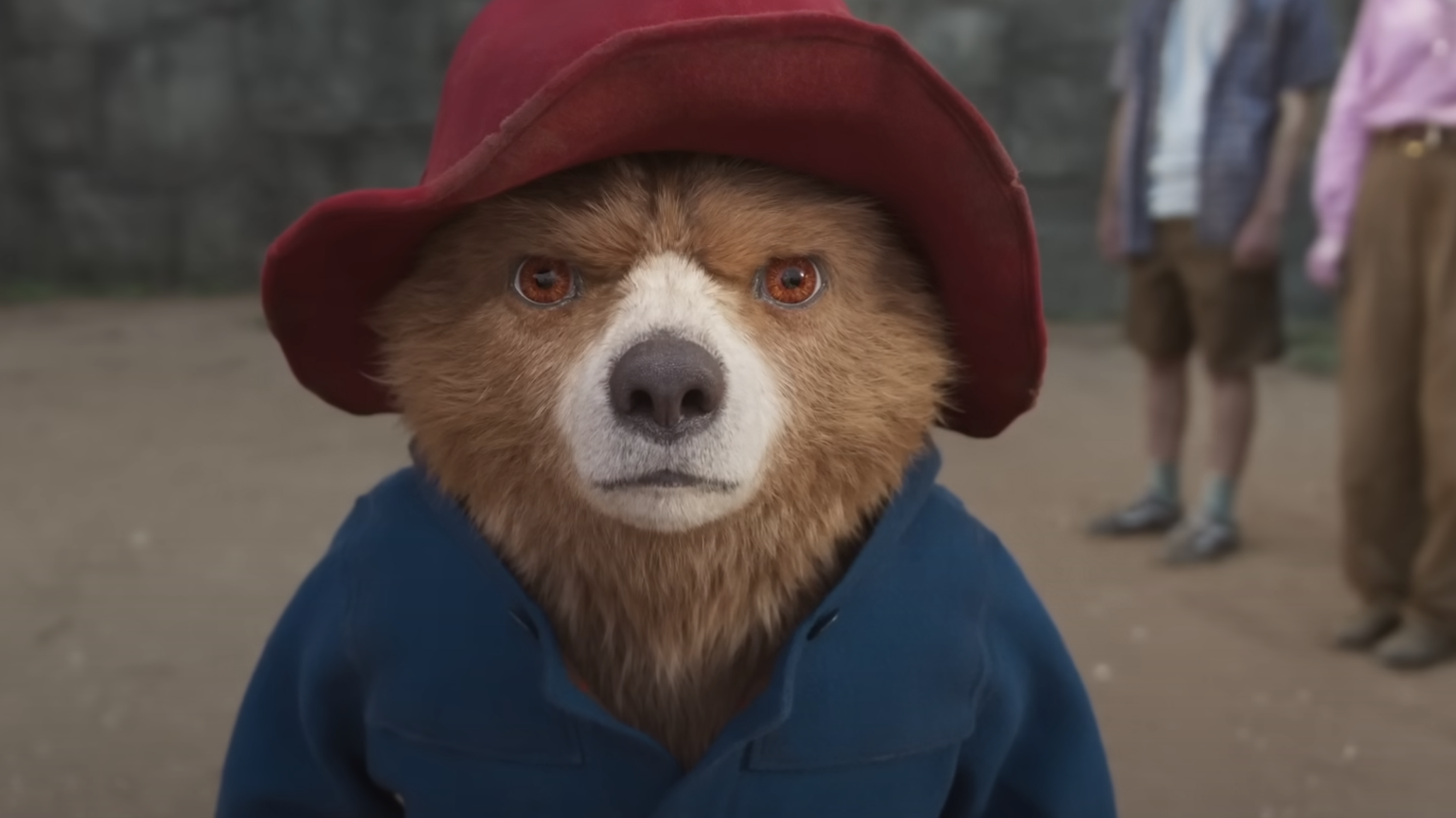 Forget the tariffs, Paddington 3 is now on Netflix to bring you joy
Forget the tariffs, Paddington 3 is now on Netflix to bring you joyPaddington In Peru is now streaming on Netflix
By Mike Lowe Published
-
 Leaked AirPods prototype looks like Nothing... literally
Leaked AirPods prototype looks like Nothing... literallyAnd we are here for them
By Britta O'Boyle Published
-
 OnePlus Watch 3 lands in the UK with a flurry of freebies and a huge discount
OnePlus Watch 3 lands in the UK with a flurry of freebies and a huge discountThe new titanium-clad smartwatch brings 120-hour battery life, ECG health checks, and some serious launch offers
By Matt Kollat Published